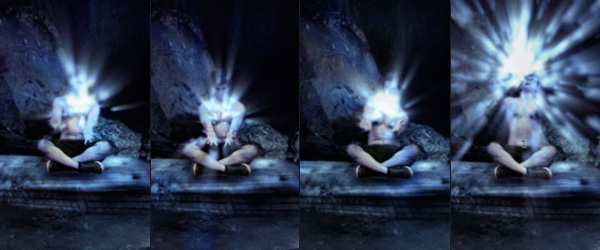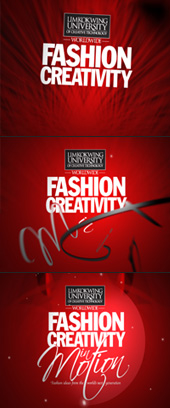Summary
Production of motion graphics and visual effects movies designed to entertain and inform. Motion graphics and visual effects includes of Television titles, Corporate VJ presentation, disaster visualization effects, TV commercial, music video, for television and video presentations.
Upon completion of this course, Students will be able to work as as motion graphics artists, motion graphics designers, special effects designers, animations designers, multimedia artists, multimedia producers, digital artists, graphic artists, tracking artists, colorists, roto-scope artists, motion designers, visual effects artists, designers and videographers in the exciting world of Special Effects for the Post-Production and Digital Film & Broadcast Industries.What is Visual Effects?

Visual Effects (commonly shortened to Visual F/X or VFX) is commonly used in connection with live action productions or sequences to refer to a special effect which is usually inserted into the production after filming to create a visual impression which would be impossible, impractical or unsafe to achieve during shooting using physical effects. The effect may be created by digitally augmenting and manipulating visual imagery originating on film, tape and/or 2D or 3D digital compositing the modified or digitally-created imagery (back) into film or tape.
Visual Effects involve the understanding of 3D/CGI Animation and Motion Graphics technology/Software to create effects and compositing techniques the creates a believable environment to enhance picture quality and experience.
What is Motion Graphics?
 Motion Graphics involves the study of Motion Design which is a subset of graphic design in that it uses graphic design principles in a film or video context (or other temporally evolving visual medium) through the use of animation or filmic techniques. Examples include the typography and graphics you see as the titles for a film, or opening sequences for television or the spinning, web-based animations, three-dimensional logo for a television channel. Although this art form has been around for decades, it has taken quantum leaps forward in recent years, in terms of technical sophistication. If you watch much TV or see many films, you will have noticed that the graphics, the typography, and the visual effects within this medium have become much more elaborate and sophisticated.
Motion Graphics involves the study of Motion Design which is a subset of graphic design in that it uses graphic design principles in a film or video context (or other temporally evolving visual medium) through the use of animation or filmic techniques. Examples include the typography and graphics you see as the titles for a film, or opening sequences for television or the spinning, web-based animations, three-dimensional logo for a television channel. Although this art form has been around for decades, it has taken quantum leaps forward in recent years, in terms of technical sophistication. If you watch much TV or see many films, you will have noticed that the graphics, the typography, and the visual effects within this medium have become much more elaborate and sophisticated.
The term motion graphics originated with video editing in computing, perhaps to keep pace with newer technology. Before computers were widely available, motion graphics were costly and time consuming, limiting their use to only high budget film and television projects. With the reduced cost of producing motion graphics on a computer, the discipline has seen more widespread use. With the availability of desktop programs such as Adobe After Effects, Discreet Combustion, and Apple Motion, motion graphics has become increasingly accessible. Motion graphics continues to evolve as an art form with the incorporation of sweeping camera paths and 3D elements.
Many motion graphics animators learn several 3D graphics packages for use according to each programs’ strengths.
Course Structure
Aims to build upon the concepts taught in Drawing with further emphasis on digital mood board and style frame. Introduce the basic principles and methods for assembling, developing and analyzing information in the task of art and aesthetics, and explores them in our social, physical and cultural environment. Candidates also learn the basic skills and knowledge of graphic design which include principles and elements of design, color, typography, history of art and design as well as imaging software.
- Digital Imaging
- Design Principles
- Motion Graphics
Aims to equip candidates with knowledge in the creation of Photo Realistic 3D assets to be integrated with live action footage. Candidates will learn compositing concepts and related compositing techniques used in the production of motion graphics and videos. Candidates will also expose to video production and post-production processes and workflow through producing their own short film integrating live action and CG elements.
- Digital Assets For Visual Effects
- Digital Compositing & Matting
- Visual Effects in Film and Television
Aims to equip candidates with knowledge in the creation of Photo Realistic 3D assets to be integrated with live action footage. It also covers intermediate concepts in visual effects such as matchmoving/tracking and motion capture. Candidates will be introduced to the laws, regulations and ethical concepts which affect the media and IT industries.
- Advanced Compositing & Motion Graphics
- MatchMoving & Tracking Techniques
- Visual Effects Studio Techniques







